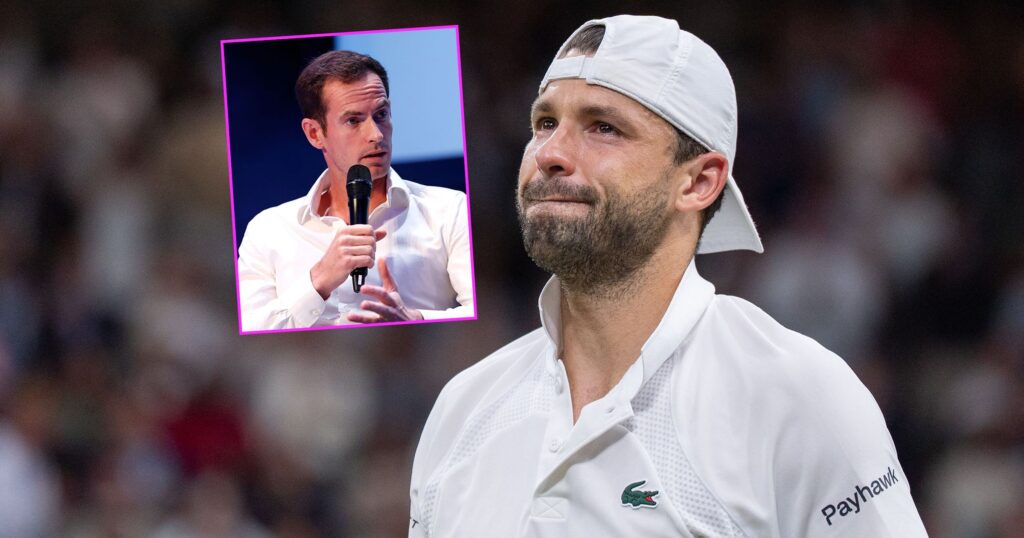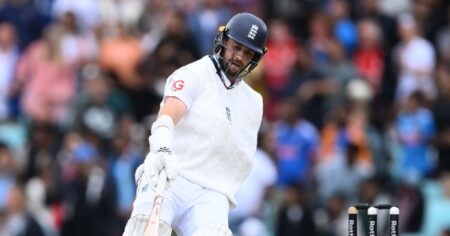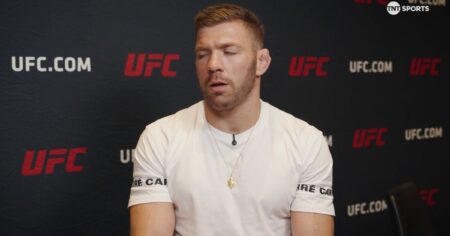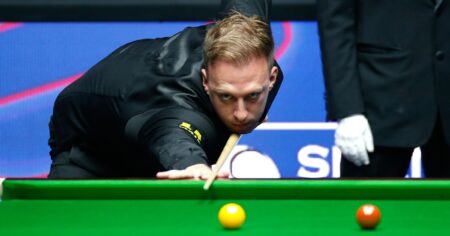Grigor Dimitrov was poised to create a monumental upset at Wimbledon as he took an early lead against the world No. 1, Jannik Sinner. Having secured the first two sets, Dimitrov seemed to be in control of the match and on the way to a potential victory. However, the momentum shifted dramatically when he suffered a pectoral injury during the fifth game of the third set, which ultimately forced him to retire from the match. The unfolding drama was not only a personal setback for the Bulgarian player, but also a significant event in the tournament as it highlighted the unpredictability and physical toll of high-level competition.
Adding to the context of this match was the decision to close the roof on Centre Court after the second set, leading to a 13-minute delay. In the aftermath, questions arose regarding whether this interruption might have contributed to Dimitrov’s injury. Jamie Delgado, Dimitrov’s coach, spoke with the BBC to clarify his perspective on the matter. He expressed that he did not believe the roof closure played a crucial role in the injury, emphasizing that Dimitrov had mentioned feeling more comfortable and loose after the roof was closed, suggesting that the warmer environment benefited him. Delgado acknowledged the general sentiment that the tournament should continue to be played outdoors whenever possible, thereby implying a delicate balance between ensuring proper conditions for play while also adhering to the outdoor nature of the event.
Complicating the narrative further was the reaction of two-time Wimbledon champion Andy Murray, who was vocally critical of the decision to close the roof at a later hour. He articulated his frustration on the social media platform X, questioning the need to hinder the match when there was still ample daylight left for at least another hour of play. Murray’s comments resonated with many tennis purists who uphold the significance of the tournament’s outdoor setting.
Dimitrov’s abrupt exit from the tournament marked his fifth consecutive retirement at Grand Slam events, an indication of the physical and mental struggle the athlete had been facing. His emotional state was palpable as he exited the court, visibly shaken and close to tears. A moment of sportsmanship unfolded as Sinner offered consolation to Dimitrov while he departed to the locker room. Delgado later captured the mood of the moment, describing his player as “completely gutted, disappointed, and heartbroken.” The emotional toll of such incidents, coupled with the high stakes of competing at Wimbledon—Dimitrov’s favorite tournament—made his situation all the more poignant.
The deep sense of disappointment was compounded by the realization that Dimitrov was executing an impressive game plan against Sinner, demonstrating tactical prowess that suggested a potential victory. As the match reached a critical juncture, both Dimitrov and his team felt that he was capable of pushing forward and perhaps even progressing further in the tournament. This loss was particularly stinging given the effort and preparation that had gone into reaching this stage, leading to concerns about the long emotional recovery that would need to take place in the weeks ahead.
On the other side of the net, Sinner’s match was not without its own physical toll. He experienced an injury early on when he slipped and fell, landing on his elbow. Anticipating a medical evaluation with an MRI, Sinner reflected on the discomfort he felt during play, particularly affecting his serve and forehand. Despite facing his own challenges, Sinner was set to advance to the quarter-finals where he would meet Ben Shelton, a young talent with his own aspirations in the singles draw.
As the tournament progresses, highlights of the Wimbledon singles finals and daily 90-minute recaps remain available for viewing on TNT Sports and discovery+, ensuring that the drama, resilience, and athleticism of the competitors are broadcast to a wider audience. The intertwining narratives of Dimitrov’s heartbreak and Sinner’s resolve exemplify the highs and lows of competitive sport, fostering a deep connection with fans and underscoring the unpredictable nature of tennis at the Grand Slam level.












